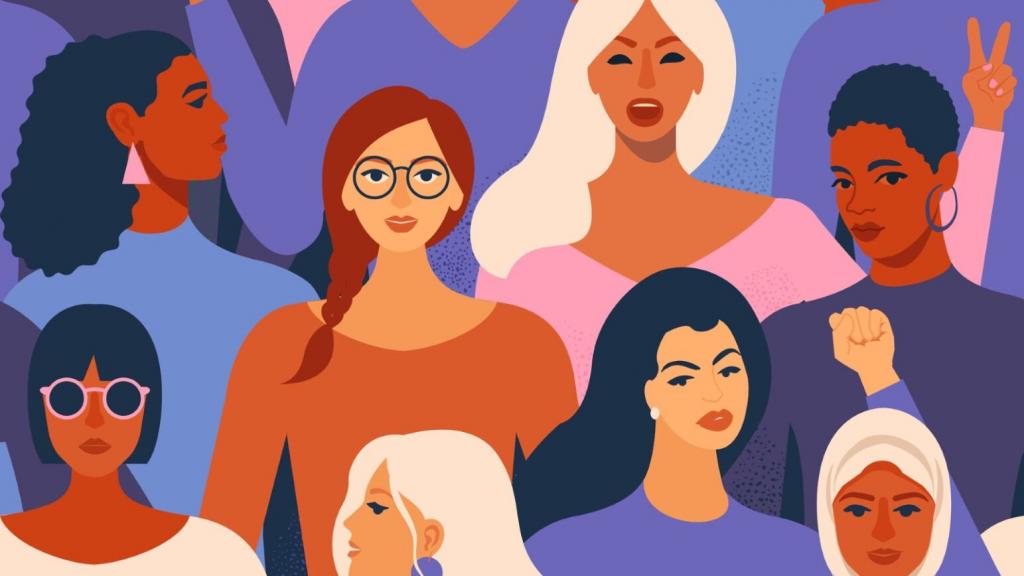Context:
The United Nations recently released the 9th edition report on the “World Survey on the Role of Women in Development.”
More on the News:

- The theme of 2024 “Harnessing social protection for gender equality, resilience and transformation”.
- This quinquennial (every five years) report, submitted to the Economic and Financial Committee of the UN General Assembly, reveals alarming trends in gender disparities within social protection systems globally.
- It specifically addresses how social protection can promote gender equality, resilience, and transformation.
- The report reveals that two billion women and girls lack access to any form of social protection, including cash benefits, unemployment insurance, pensions, or healthcare.
Key Findings:
Widening Gender Gap in Social Protection:
- The gender gap in social protection coverage has widened in many developing regions since 2015, with recent gains disproportionately benefiting men.
- Over 63% of women globally give birth without access to maternity benefits, rising to 94% in sub-Saharan Africa.
Exacerbated Vulnerabilities:

- Gender-specific risks are amplified by factors like conflict, climate change, and economic shocks.
- Women aged 25-34 are 25% more likely than men to live in extreme poverty,
- This issue is particularly severe for women in fragile settings, who are 7.7 times more likely to experience extreme poverty compared to those in stable environments.
Disproportionate Impact of Crises:
- Recent inflation has hit women particularly hard, yet only 18% of nearly 1,000 social protection measures introduced across 171 countries focused on women’s economic security.
Progress and Innovations:
- Some countries have made strides in inclusive social protection.
- Mongolia extended maternity benefits to informal workers,
- while Mexico and Tunisia included domestic workers in social security systems.
Key Recommendations:
- The report calls for gender-responsive social protection systems addressing women and girl’s unique challenges, urging government to prioritize their needs in social protection and crisis responses.
- By providing sustainable pathways out of poverty, governments can help to reduce gender inequality and promote women’s empowerment.
- Scale up Financing for social protection and gender equality.
- Take a rights-based approach to social protection delivery.
- Address gender gaps and biases in existing social protection systems, policies and programs.
- While many countries can create fiscal space domestically, low-income nations are unlikely to generate the additional $77.9 billion (15.9% of GDP) needed to implement a basic social protection floor independently.

